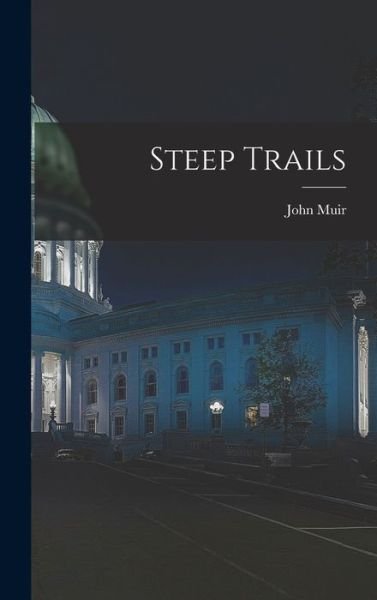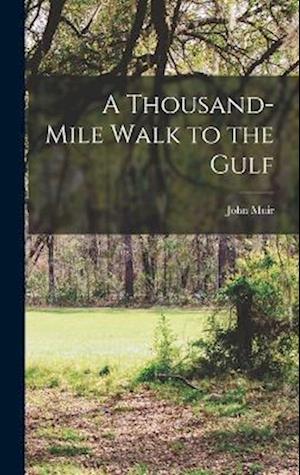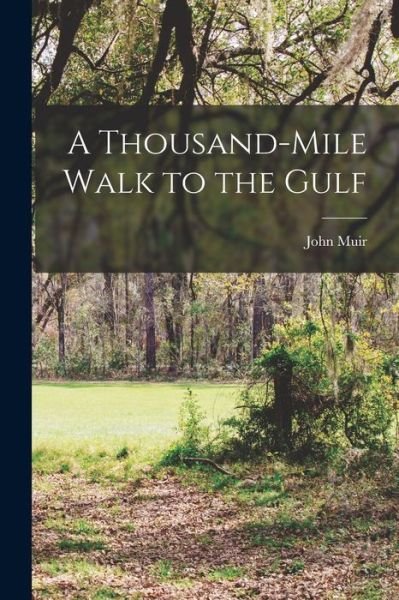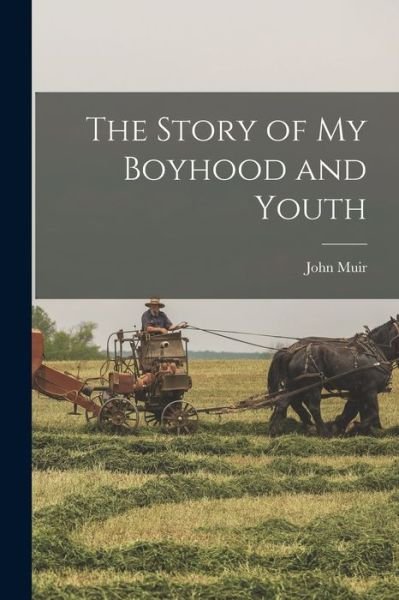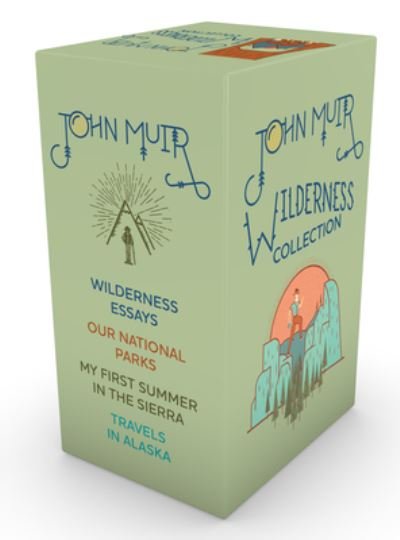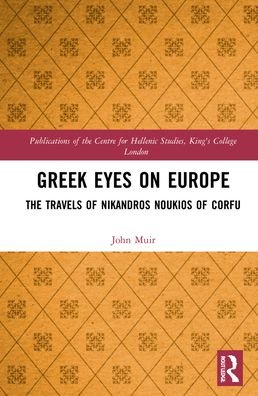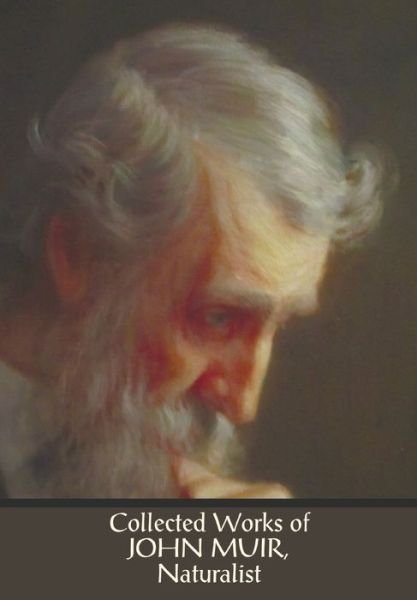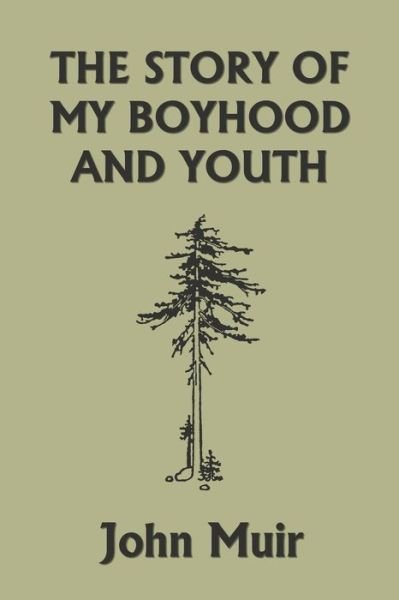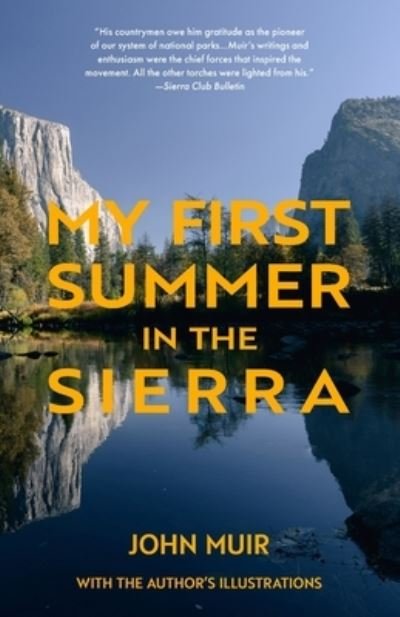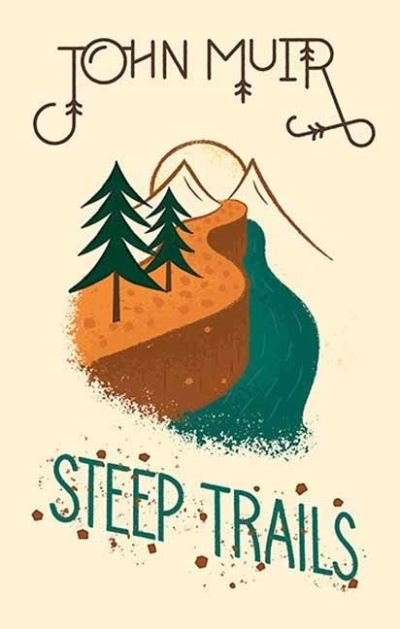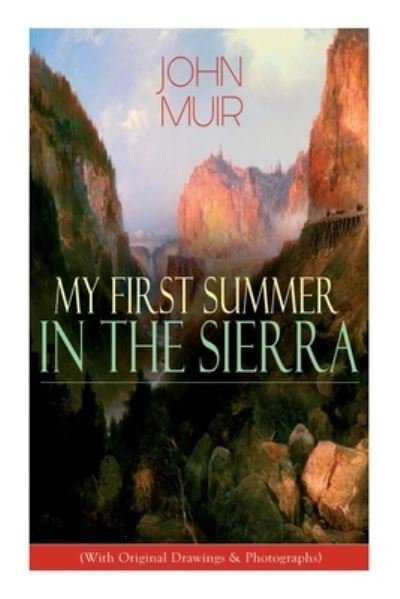
Tell your friends about this item:
My First Summer in the Sierra (Annotated)
John Muir
 Christmas presents can be returned until 31 January
Christmas presents can be returned until 31 January

Also available as:
- Paperback Book (2020) € 13.99
- Paperback Book (2015) € 14.99
- Paperback Book (2021) € 16.99
-
Paperback BookIllustrated edition(2019) € 16.99
- Paperback Book (2014) € 17.99
- Paperback Book (2009) € 20.49
- Paperback Book (2015) € 22.99
- Paperback Book (2021) € 23.49
- Paperback Book (2008) € 23.99
-
Paperback BookReprint edition(1998) € 25.49
-
Paperback BookLegacy edition(2020) € 27.99
- Hardcover Book (1911) € 30.99
- Paperback Book (2020) € 35.49
- Hardcover Book (2020) € 66.49
My First Summer in the Sierra (Annotated)
John Muir
In the summer of 1869, John Muir, a young Scottish immigrant, joined a crew of shepherds in the foothills of California's Sierra Nevada Mountains. The diary he kept while tending sheep formed the heart of this book and eventually lured thousands of Americans to visit Yosemite country. First published in 1911, My First Summer in the Sierra incorporates the lyrical accounts and sketches he produced during his four-month stay in the Yosemite River Valley and the High Sierra. His record tracks that memorable experience, describing in picturesque terms the majestic vistas, flora and fauna, and other breathtaking natural wonders of the area. Today, Muir is recognized as one of the most important and influential naturalists and nature writers in America. This book, the most popular of the author's works, will delight environmentalists and nature lovers with its exuberant observations. John Muir (1838 - 1914) was a Scottish-American naturalist, author, and early advocate of preservation of wilderness in the United States. His letters, essays, and books telling of his adventures in nature, especially in the Sierra Nevada mountains of California, have been read by millions. His activism helped to preserve the Yosemite Valley, Sequoia National Park and other wilderness areas. The Sierra Club, which he founded, is now one of the most important conservation organizations in the United States. One of the best-known hiking trails in the U. S., the 211-mile (340 km) John Muir Trail, was named in his honor. Other such places include Muir Woods National Monument, Muir Beach, John Muir College, Mount Muir, Camp Muir and Muir Glacier. In his later life, Muir devoted most of his time to the preservation of the Western forests. He petitioned the U. S. Congress for the National Park bill that was passed in 1890, establishing Yosemite and Sequoia National Parks. The spiritual quality and enthusiasm toward nature expressed in his writings inspired readers, including presidents and congressmen, to take action to help preserve large nature areas. He is today referred to as the "Father of the National Parks" and the National Park Service has produced a short documentary about his life. Muir's biographer, Steven J. Holmes, believes that Muir has become "one of the patron saints of twentieth-century American environmental activity," both political and recreational. As a result, his writings are commonly discussed in books and journals, and he is often quoted by nature photographers such as Ansel Adams. "Muir has profoundly shaped the very categories through which Americans understand and envision their relationships with the natural world," writes Holmes. Muir was noted for being an ecological thinker, political spokesman, and religious prophet, whose writings became a personal guide into nature for countless individuals, making his name "almost ubiquitous" in the modern environmental consciousness. According to author William Anderson, Muir exemplified "the archetype of our oneness with the earth". Muir was extremely fond of Henry David Thoreau and was probably influenced more by him than even Ralph Waldo Emerson. Muir often referred to himself as a "disciple" of Thoreau. He was also heavily influenced by fellow naturalist John Burroughs. During his lifetime John Muir published over 300 articles and 12 books. He co-founded the Sierra Club, which helped establish a number of national parks after he died and today has over 1.3 million members. Author Gretel Ehrlich states that as a "dreamer and activist, his eloquent words changed the way Americans saw their mountains, forests, seashores, and deserts." He not only led the efforts to protect forest areas and have some designated as national parks, but his writings gave readers a conception of the relationship between "human culture and wild nature as one of humility and respect for all life," writes author Thurman Wilkins. His philosophy exalted wild nature over human culture and civilization.
| Media | Books Paperback Book (Book with soft cover and glued back) |
| Released | September 26, 2020 |
| ISBN13 | 9798690524753 |
| Publishers | Independently Published |
| Pages | 236 |
| Dimensions | 152 × 229 × 13 mm · 322 g |
| Language | English |
More by John Muir
See all of John Muir ( e.g. Paperback Book , Hardcover Book , Book , CD and MP3-CD )




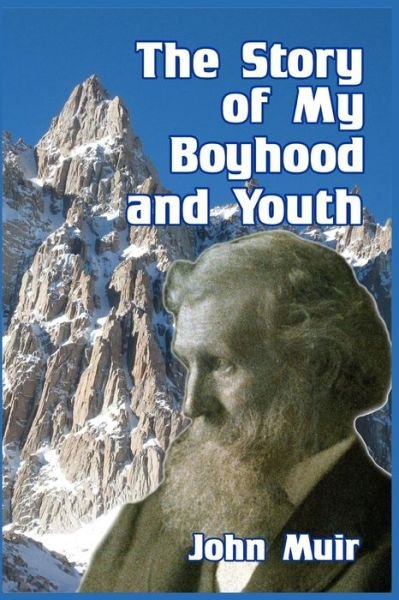

![Cover for John Muir · The Story of My Boyhood and Youth - Canons (Paperback Book) [Main - Canons edition] (2023)](https://imusic.b-cdn.net/images/item/original/248/9781786899248.jpg?john-muir-2023-the-story-of-my-boyhood-and-youth-canons-paperback-book&class=scaled&v=1679996114)

![Cover for John Muir · A Thousand-mile Walk to the Gulf (Paperback Book) [2 Revised edition] (2022)](https://imusic.b-cdn.net/images/item/original/472/9780395901472.jpg?john-muir-2022-a-thousand-mile-walk-to-the-gulf-paperback-book&class=scaled&v=1409640520)

